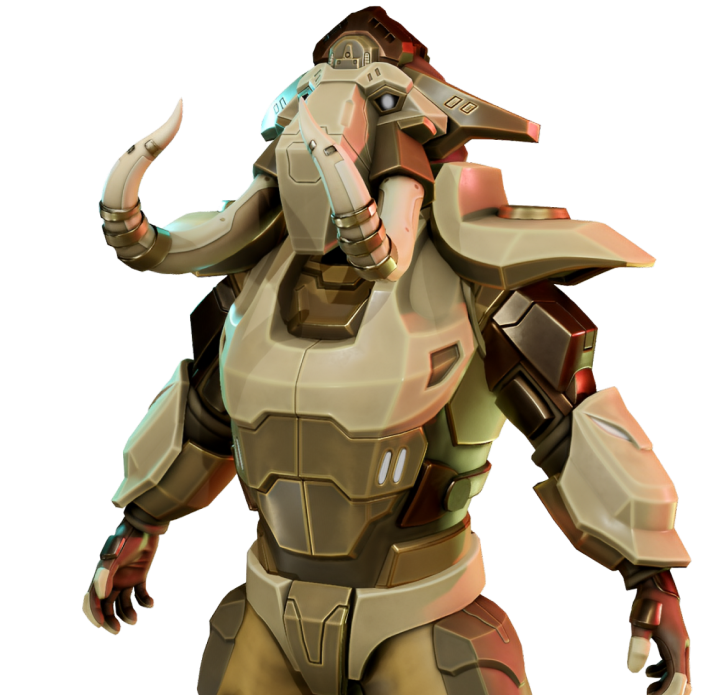3D Environmental Art has always been an intricate blend of creativity, technical skill, and storytelling. Whether it’s for gaming, movies, virtual reality, or architectural visualization, crafting immersive 3D environments requires time and expertise. However, with the advent of Artificial Intelligence (AI), the landscape of 3D environmental art is transforming rapidly. AI is streamlining workflows, enhancing realism, and expanding creative possibilities in ways never seen before.
AI-Powered Automation in 3D Environmental Art
One of AI’s most significant contributions to 3D environmental art is automation. AI-driven software can generate vast landscapes, realistic terrains, and natural elements with minimal manual input.
- Procedural Generation: AI-powered procedural generation can create large-scale 3D environments efficiently. Tools like GAEA and World Machine use AI to generate realistic terrains, mountains, and landscapes in minutes, which would otherwise take days.
- AI-Assisted Asset Creation: AI can generate objects like trees, rocks, and buildings, helping artists focus on storytelling and design rather than repetitive tasks.
- Smart Object Placement: AI algorithms assist in logically placing objects in environments, ensuring realism by mimicking natural distribution patterns.
Enhancing Textures and Materials with AI
Textures and materials bring 3D environmental art to life. Traditionally, creating high-resolution textures required a lot of manual painting, scanning, or photo manipulation. Now, AI is revolutionizing this process.
- AI-Powered Texture Generation: Tools like Adobe Substance Alchemist and NVIDIA GauGAN use AI to generate ultra-realistic textures based on input data or sketches.
- Texture Upscaling and Enhancement: AI-driven texture upscaling tools like Gigapixel AI help artists enhance low-resolution textures, preserving fine details while reducing workload.
- Real-Time Texture Adaptation: AI can dynamically modify materials based on environmental conditions (e.g., adding wetness when it rains in a game world).
AI in 3D Modeling and Asset Creation
3D modeling is often the most time-consuming aspect of 3D environmental art. AI-driven modeling tools are transforming this stage by generating complex structures from simple inputs.
- AI-Based Model Generation: Platforms like DeepDream 3D and Runway ML generate complex 3D assets using AI-driven neural networks.
- 3D Object Recognition and Conversion: AI can convert 2D images into 3D models, making asset creation more efficient. For example, NVIDIA’s Instant NeRF transforms photos into 3D objects instantly.
- AI-Assisted Sculpting: AI enhances digital sculpting by suggesting refinements and improving workflow efficiency in tools like ZBrush AI Assist.
Realism and AI in Lighting & Rendering
Lighting and rendering play a crucial role in the believability of 3D environmental art. AI is dramatically improving these processes:
- AI-Based Ray Tracing: NVIDIA RTX AI enhances ray tracing, making lighting more realistic while optimizing rendering speed.
- Real-Time Rendering: AI-driven rendering tools like Unreal Engine 5’s Lumen allow artists to create realistic lighting effects in real-time.
- Automated Light Adjustments: AI can analyze a scene’s lighting and suggest the best adjustments for enhanced realism and mood.
AI in Animation and Environment Interaction
A static environment can be stunning, but AI can bring it to life through intelligent animations and physics-based interactions.
- AI-Powered Weather & Environmental Effects: AI can simulate dynamic weather, such as wind affecting trees and rain creating puddles.
- Intelligent NPC Interaction: AI can enhance interactions between non-player characters (NPCs) and environments, making game worlds feel more organic.
- Procedural AI-Driven Animation: AI assists in animating elements like flowing water, moving grass, and falling leaves without needing manual frame-by-frame animation.
Challenges and Ethical Considerations of AI in 3D Art
While AI offers many benefits, it also presents challenges:
- Loss of Artistic Control: AI-generated content may sometimes lack the personal touch and creativity of human artists.
- Ethical Concerns: The question of whether AI-generated art should be credited to AI or human artists is still debated.
- Copyright Issues: AI-generated assets might pull data from copyrighted sources, raising concerns over originality and intellectual property.
Despite these challenges, AI remains a powerful tool that enhances, rather than replaces, human creativity in 3D environmental art.
The Future of AI in 3D Environmental Art
AI is poised to play an even bigger role in the future of 3D environmental art. As machine learning models become more advanced, artists will have access to even more powerful tools that enable:
- Hyper-Realistic Environments: AI-generated landscapes will become nearly indistinguishable from real life.
- More Accessible 3D Creation: AI will lower the barrier to entry for aspiring 3D artists by simplifying complex processes.
- Enhanced Virtual and Augmented Reality: AI will help create more immersive VR and AR environments, enriching user experiences.
Conclusion
AI is revolutionizing 3D environmental art by making asset creation, texturing, lighting, and animation faster and more efficient. While challenges exist, AI serves as a tool to augment human creativity rather than replace it. The future of 3D environmental art, powered by AI, promises to be more immersive, detailed, and accessible than ever before.





Leave a comment